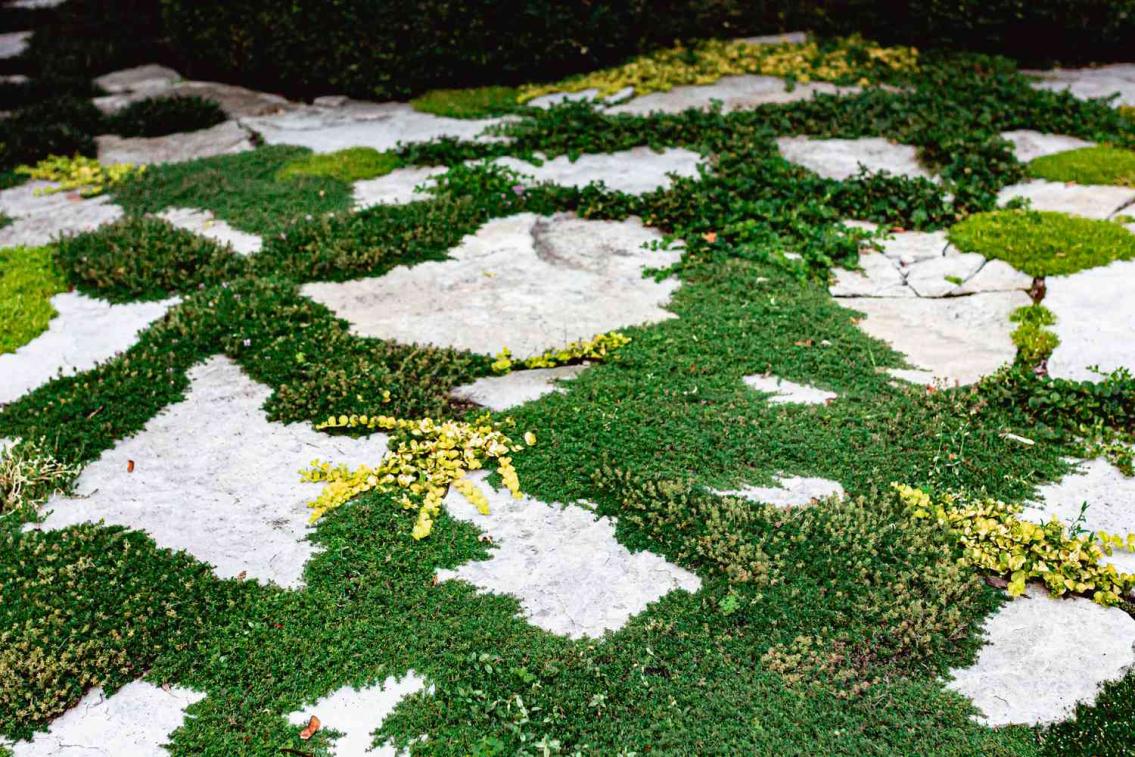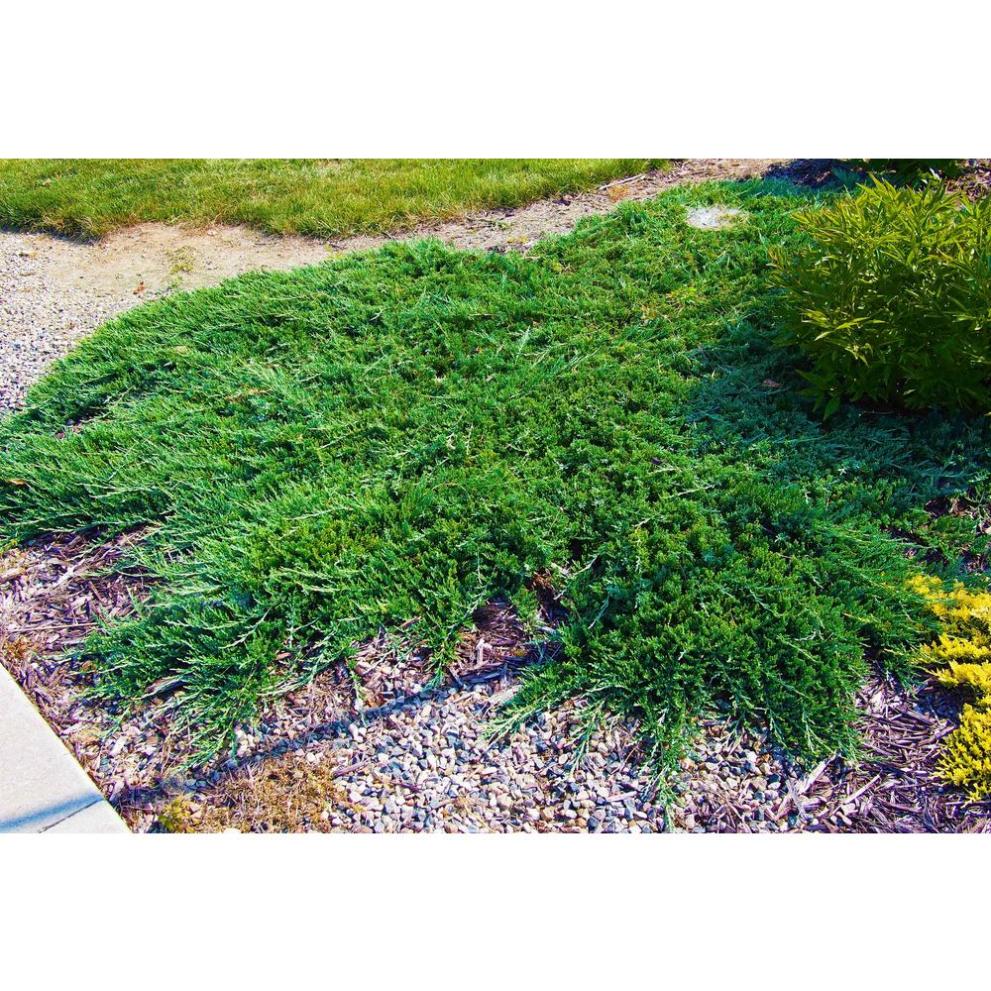How Can Satellite Data Land Cover Help Me Improve My Restaurant's Efficiency?
In today's competitive restaurant industry, optimizing efficiency is crucial for success. Satellite data land cover, a powerful tool that provides detailed information about the Earth's surface, can be a game-changer in helping restaurants operate more efficiently.

Understanding Satellite Data Land Cover
Satellite data land cover is a collection of geospatial data that categorizes the Earth's surface into various land use and land cover types. This data is gathered through remote sensing satellites equipped with sensors that capture images of the Earth's surface. Advanced image processing techniques are then employed to classify and map different land cover types.
Key concepts in satellite data land cover include:
- Land Use Classification: Assigning specific categories to different areas based on their primary use, such as residential, commercial, agricultural, or forest.
- Vegetation Indices: Measuring the amount and health of vegetation using spectral indices derived from satellite imagery.
- Impervious Surface Mapping: Identifying areas covered by impermeable materials like concrete or asphalt, which can impact runoff and heat retention.
Satellite data land cover offers numerous advantages for restaurants, including:
- Accuracy: Satellite data provides highly accurate and detailed information about land cover types.
- Timeliness: Satellite data is frequently updated, ensuring access to the most current information.
- Cost-effectiveness: Satellite data is relatively affordable and accessible, making it a viable option for businesses of all sizes.
Applications Of Satellite Data Land Cover In Restaurant Efficiency

Satellite data land cover can be applied in various ways to improve restaurant efficiency:
Site Selection:
Choosing the right location is critical for a restaurant's success. Satellite data land cover can help identify optimal locations based on factors such as:
- Proximity to Customers: Identifying areas with high population density or foot traffic.
- Accessibility: Evaluating road networks, traffic patterns, and public transportation options.
- Land Use Patterns: Analyzing the surrounding land use to ensure compatibility with the restaurant's concept.
Delivery Optimization:
Satellite data land cover can assist in optimizing delivery routes by considering:
- Traffic Patterns: Identifying congested areas and optimizing routes to avoid delays.
- Road Conditions: Assessing road quality and identifying potential obstacles or hazards.
- Land Cover Types: Considering land cover types to determine the most efficient routes.
Menu Planning:
Satellite data land cover can inform menu planning by providing insights into:
- Local Agricultural Production: Identifying areas where specific ingredients are grown, enabling sourcing from local suppliers.
- Seasonal Availability of Ingredients: Understanding the availability of ingredients based on seasonal variations.
- Consumer Preferences: Analyzing land cover types to understand the demographics and preferences of potential customers.
Marketing and Advertising:
Satellite data land cover can help target marketing and advertising campaigns more effectively by:
- Identifying Potential Customers: Locating areas with high concentrations of potential customers based on land use patterns and demographics.
- Tailoring Marketing Messages: Customizing marketing messages to resonate with the preferences and needs of specific customer segments.
- Optimizing Advertising Placement: Selecting advertising locations that are visible to the target audience.
Sustainability and Environmental Impact:
Satellite data land cover can help restaurants reduce their environmental impact by:
- Energy Efficiency: Identifying areas with high solar potential for installing solar panels.
- Waste Reduction: Analyzing waste disposal patterns to optimize waste management practices.
- Sustainable Sourcing: Identifying local suppliers who practice sustainable farming methods.
Case Studies And Success Stories
Numerous restaurants have successfully utilized satellite data land cover to improve their efficiency. For example, a restaurant chain in the United States used satellite data to optimize delivery routes, resulting in a 15% reduction in delivery times and a significant increase in customer satisfaction.
Satellite data land cover is a powerful tool that can help restaurants operate more efficiently. By providing detailed information about land cover types, satellite data enables restaurants to make informed decisions regarding site selection, delivery optimization, menu planning, marketing and advertising, and sustainability. With its accuracy, timeliness, and cost-effectiveness, satellite data land cover is an invaluable asset for restaurants looking to stay competitive and thrive in today's dynamic market.
If you're a restaurant owner or manager, I encourage you to explore the potential of satellite data land cover to improve your restaurant's efficiency and gain a competitive edge.
YesNo

Leave a Reply